We are so spoiled today as RPG fans. Seriously. There’s the occasional high-profile title we either don’t get in English (or it takes a while), but by and large, most major titles make their way outside of Japan now. We’re a long way from the days when North America got two thirds of the Quintet Super NES trilogy and Europe got the third game, despite missing out on even more RPGs than we did at the time. For many of the games we missed out on, it’s best to move on, especially if there’s no viable (or exactly legal) way to play certain games in English.
But some games… some we still want. So for this month’s RPGFan 20th Anniversary feature, we’re looking back at games that released during the site’s lifespan that have yet to see official English localizations. Yes, of course, we’re going to talk about Mother 3, and how, well over 2 years later, yes, we still are dying to play a game where Phoenix Wright’s ancestor and Sherlock Holmes team up. So let our staff make their cases for why these games still need to be brought to a wider audience.
2022 Note: We’ve updated this feature with a note at the end, since some of these games have been localized since we originally published this in 2018!
Note: We briefly considered breaking our “20 year” rule, but it wouldn’t have been true to the spirit of this feature. We still want Policenauts and Seiken Densetsu 3 here, but we’ll talk about them later.
Intro by Mike Salbato
Atelier Judie & Atelier Viorate
PlayStation 2 | Released in Japan: June 27, 2002 (Judie), June 26, 2003 (Viorate)
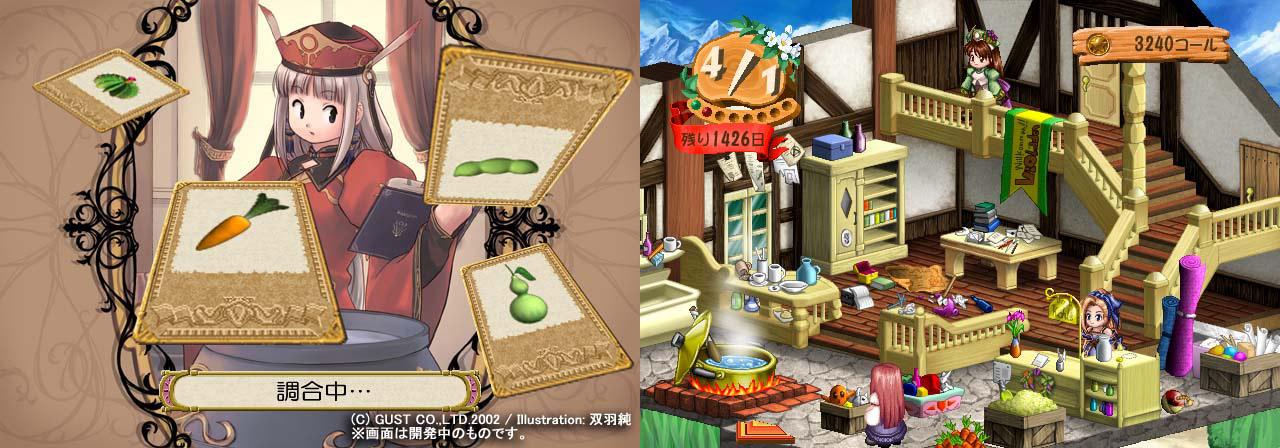
Today, the Atelier series is well-represented in North America, with every main entry since Project A6 (Atelier Iris: Eternal Mana) having been localized. The first five titles, however, have never been released in English. Granted, it could be argued that the first three games — Atelier Marie, Atelier Elie, and Atelier Lilie, collectively known as the “Salburg” trilogy — have not aged well. The same couldn’t easily be said of the “Gramnad” duo, Atelier Judie (A4) and Atelier Viorate (A5). Not only were these games released for PlayStation 2 in the early part of the ’00 decade, each earned a well-received PSP re-release at the end of that same decade. The gameplay style of Judie and Viorate sets the standard for Iris, which began to move the franchise toward a more combat-heavy JRPG, whereas the “Salburg” trilogy felt less like a traditional JRPG and more like a Harvest Moon game with heavy synthesis factors. Hopefully if Gust does another remake of the Gramnad duo on a platform more viable today than PSP, Koei Tecmo can finally bring these classics to the West.
Writeup by Patrick Gann
Dai Gyakuten Saiban: Naruhodō Ryūnosuke no Bōken [The Great Ace Attorney]
Nintendo 3DS | Released in Japan: July 9, 2015
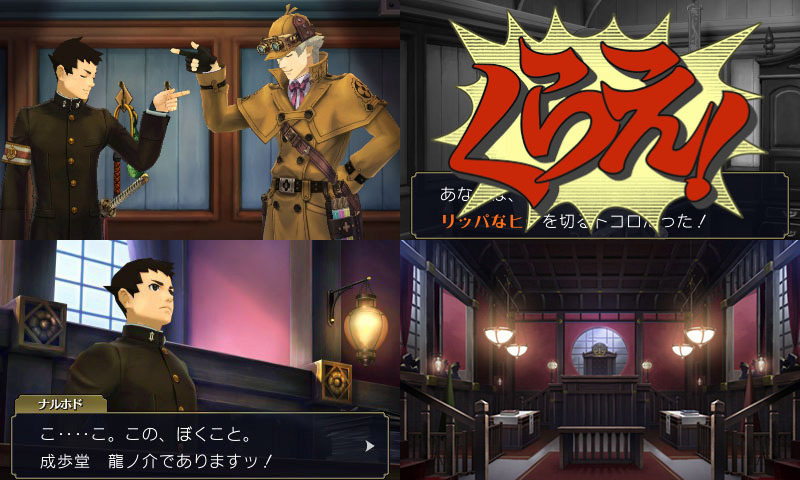
What happens when Ace Attorney goes steampunk? Well, we get a game that’s still waiting to be localized. Dai Gyakuten Saiban is a prequel to the main Ace Attorney series that takes place in the Victorian era and follows the life of Ryūnosuke Naruhodō, an exchange student with an aptitude for law who often finds himself on the wrong end of it simply due to bad timing and rotten luck. Oh! Did we mention he is Phoenix Wright’s ancestor? Genes of justice sure are dominant in this lineage. During his trip to the United Kingdom, Ryūnosuke meets Sherlock Holmes and the pair work together to bring justice to England’s crime-infested streets. There has been much speculation as to why this hasn’t been localized yet, but the real reason remains a mystery. Guess this is one thing that’s not so elementary.
Writeup by Tris Mendoza
Fire Emblem: Fūin no Tsurugi [Fire Emblem: Binding Blade/Sword of Seals]
Game Boy Advance | Released in Japan: March 29, 2002
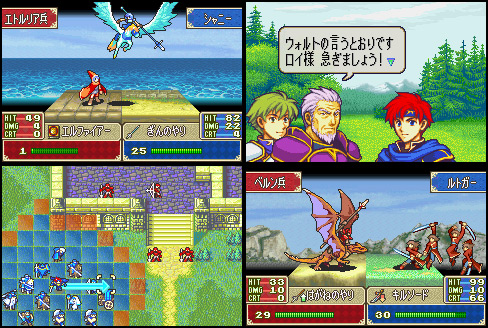
Fire Emblem‘s first Western release was Fire Emblem on Game Boy Advance in 2003, known in Japan as Fire Emblem: Blazing Blade. This game introduced us to Hector and Lyn, two of the Fire Emblem communities’ favourite characters. However, remember Eliwood? He’s the father of Roy, who made his first appearance in Super Smash Bros. Melee in 2001. So, where’s Roy? He hails from Fire Emblem: Binding Blade*, which was never released in the West. It’s been a bit of a tease for some of us who were introduced to Roy back in Super Smash Bros, but still haven’t seen the game he appeared in. Fire Emblem: Blazing Blade and Fire Emblem: Binding Blade are two halves that make a whole story, yet one half of the story remains overseas.
* Note: “Fūin no Tsurugi” can be localized as “Binding Blade,” though in English releases of Super Smash Bros., Nintendo refers to Roy’s origin game as “Sword of Seals.”
Writeup by Nathan Lee
GiFTPiA & Captain Rainbow
Writeup by Robert Fenner
After Love-de-Lic disbanded (see below), its core staff went off in a number of different directions. Company founder Kenichi Nishi went on to form skip Ltd., a developer no doubt familiar to Chibi-Robo fans. But skip were responsible for a wonderful pair of adventure games that aaaaaalmost got localized!

GiFTPiA
GameCube | Released in Japan: May 2, 2003
GiFTPiA is something akin to a story-heavy Animal Crossing — teenager Pockle slept through his coming-of-age ceremony, and finds himself punished by his town: he’s thrown in jail, a ball-and-chain is attached to his leg, his face is pixelated, and the background music is a gravely record that skips and gets stuck. Doing chores and quests for your neighbors is the sure-fire way to get your privileges restored little by little, and your main goal is to get the scratch required to host a second coming-of-age ceremony. But as GiFTPiA goes on, it starts to become apparent to Pockle that perhaps he’s being conned, and there’s a more positive and helpful way than an expensive ceremony to the take the reigns of adulthood…
Captain Rainbow
Wii | Released in Japan: August 26, 2008
Captain Rainbow is a sequel to GiFTPiA in everything but name, and sees the titular washed-up superhero journey to Mimin Island, A.K.A The Island of Misfit Nintendo Characters, in an effort to make his dreams come true and recapture his fleeting relevance. As he makes friends with everybody from Super Mario Bros. 2‘s Birdo, to the, err, golfer from Golf, Captain Rainbow starts to find there’s more to life than wistfully looking to the past for reinforcement. skip’s early releases are as subversive as they are sweet, and we’d love to see them in the West.
Gyakuten Kenji 2 [Ace Attorney Investigations 2]
Nintendo DS | Released in Japan: February 3, 2011
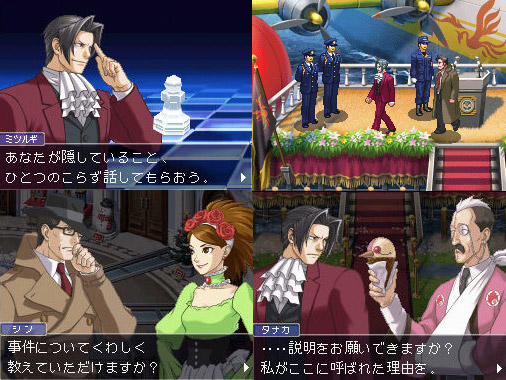
Gyakuten Kenji is the direct sequel to the first Ace Attorney Investigations: Miles Edgeworth (AAI for short). AAI is a spin-off from the main series and features Miles Edgeworth, a prominent prosecutor from the original franchise. Whereas the main series explores why Phoenix Wright became a defense attorney, AAI‘s cases are designed to show Edgeworth finding his motivation for being a prosecutor. This duality, however, falls incredibly short of being well-executed because AAI is only half of the story. What is the SS-5 incident and its importance to the game? Why does Shi-Long Lang harbor such strong hatred towards prosecutors? Who are those two characters on the Japanese box art of Gyakuten Kenji 2? We have so many questions, and this game has all the answers. So please Capcom, for the love of the Steel Samurai and Charley, localize this along with both Dai Gyakuten Saiban games. It’s the WRIGHT thing to do! (We couldn’t think of any WORTHY puns for Edgeworth… besides that.)
Writeup by Tris Mendoza
Hayarigami Series
Various Platforms | Released in Japan: 2004–2016
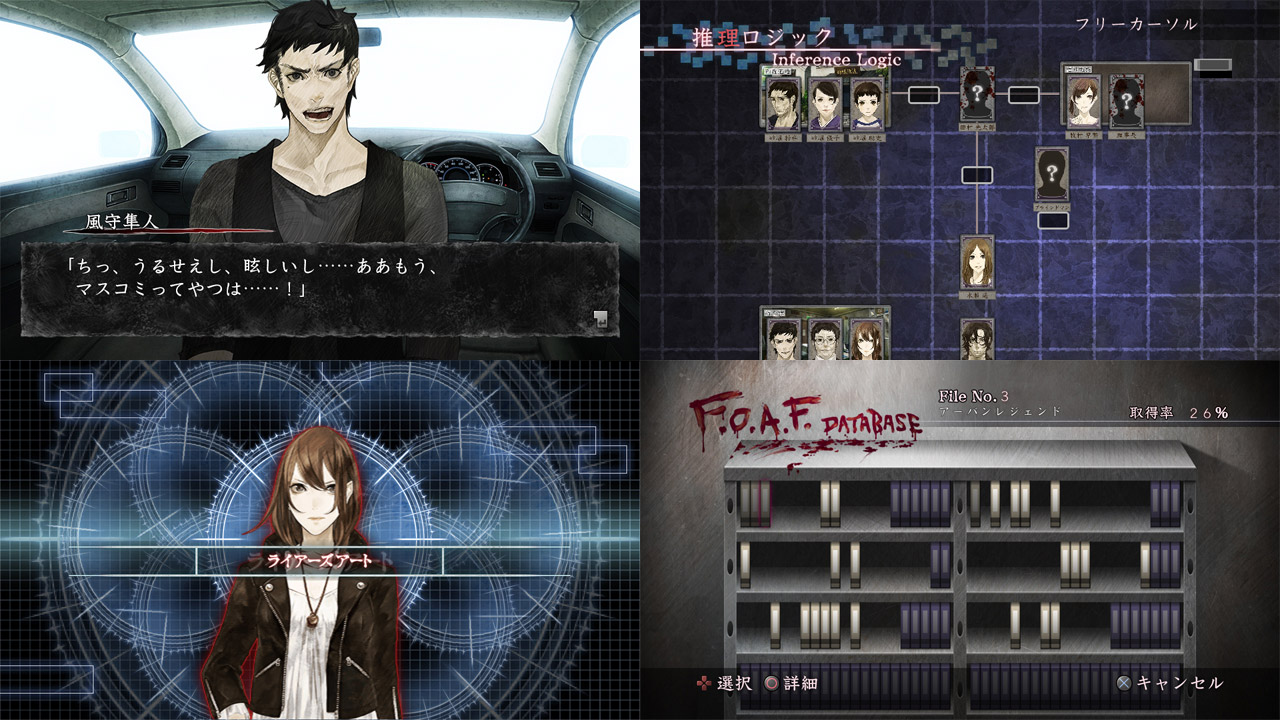
NIS America have a pretty solid track record of bringing Nippon Ichi titles westward, but there’s an entire franchise that remains exclusive to Japan. Hayarigami (lit. “Trending Spirit”) is a series of horror visual novels that chronicle the adventures of the Tokyo Metropolitan Police Department’s Historical Archives Section (HAS). On paper, HAS is a division where disgraced cops are sent to file endless paperwork under the pretense of archival work. In actuality, they’re an X-Files-esque division that allows the MPD to investigate urban legends and paranormal phenomena on the down-low. As you step into the shoes of HAS investigator Junya Kazami, you won’t just be reading a spooky story, but making decisions on how to interpret evidence, which can lead to a number of different outcomes for each individual case. A database and a case flowchart support your investigation, and also allow insight into how things might go differently on repeat playthroughs. You’ve also got Courage Points to manage; expend them all too early investigating a red herring, and you may not have the guts to face the truth later on. But courage in the face of danger may not always be the best option…
Hayarigami has more than its share of similarities to Spike Chunsoft’s Twilight Syndrome series, a name Danganronpa 2 fans are sure to remember from a certain chapter within that game. Furthermore, a number of Hayarigami‘s scenario writers went on to collaborate with 999‘s Kotaro Uchikoshi on 12Riven before helming the critically acclaimed Science Adventure Series (Steins;Gate, etc.). With how popular these respective titles turned out to be, we’d love to see NIS America give Hayarigami a shot. Perhaps with the recent Shin Hayarigami reboot duo, which are currently being ported to iOS/Android at the time of this feature’s publication…
Writeup by Robert Fenner
The Legend of Heroes – Crossbell Arc [Zero no Kiseki, Ao no Kiseki, Akatsuki no Kiseki]
PSP/PS Vita/PC | Released in Japan: 2010, 2011, 2016
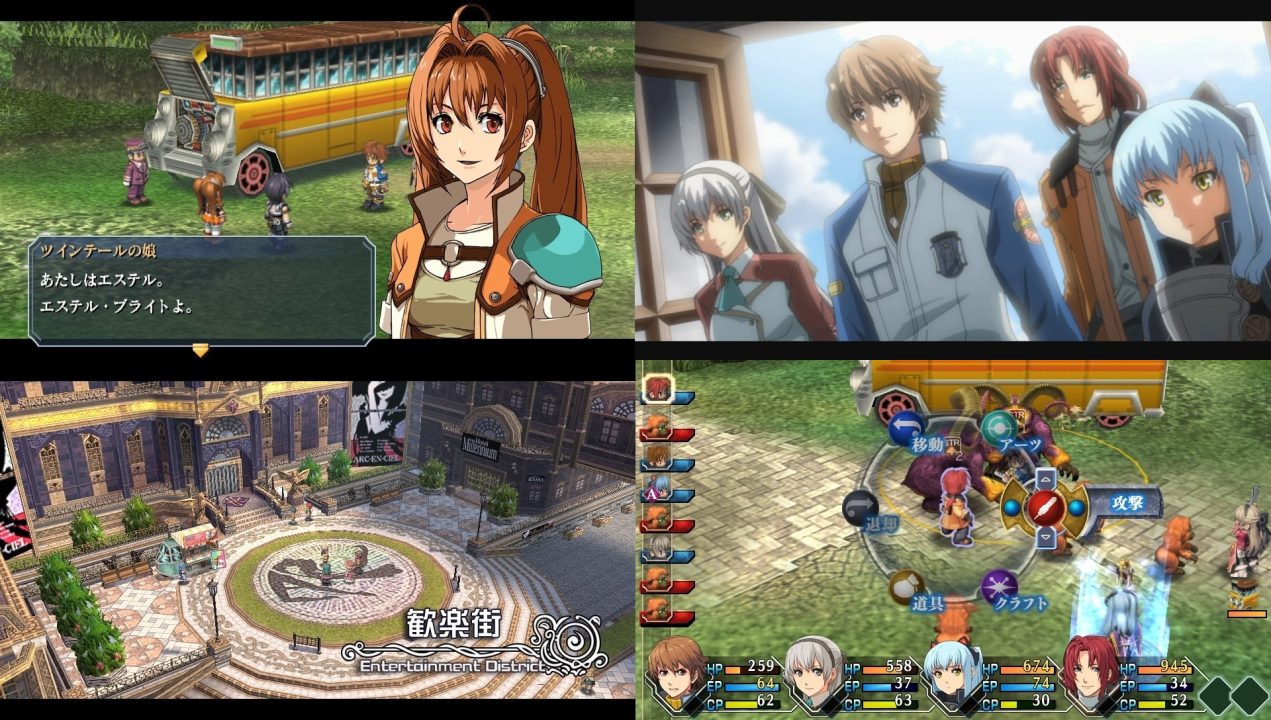
Falcom games have some of the most loyal and devoted fans, and for a good reason: their games are fantastic. The Kiseki games, also known in the West as Trails, are no exception to that rule. In just the last few years, the West has finally started to get localizations of these RPGs in the form of Trails in the Sky and Trails of Cold Steel.
Both are excellent parts of the overall series in their own right, but a problem has occurred that has caused fans of the series to worry a bit; there exists a third set of games in the series, nicknamed the Crossbell games, that take place between Trails in the Sky and Trails of Cold Steel, and they have yet to be localized. What makes it hard to swallow for fans in the West is that characters from Zero no Kiseki and Ao no Kiseki are slowly making their way into the Cold Steel games. In a series where continuity is very strict, and many characters from each game make appearances elsewhere in the series, it’s harder for fans to ignore these games while also waiting for localizations of Cold Steel III and the upcoming Cold Steel IV. Hopefully, when the series finally reaches its climax, Western fans of the Kiseki games will not have to worry about this. Until then, we can only wait.
Writeup by Scott Clay



